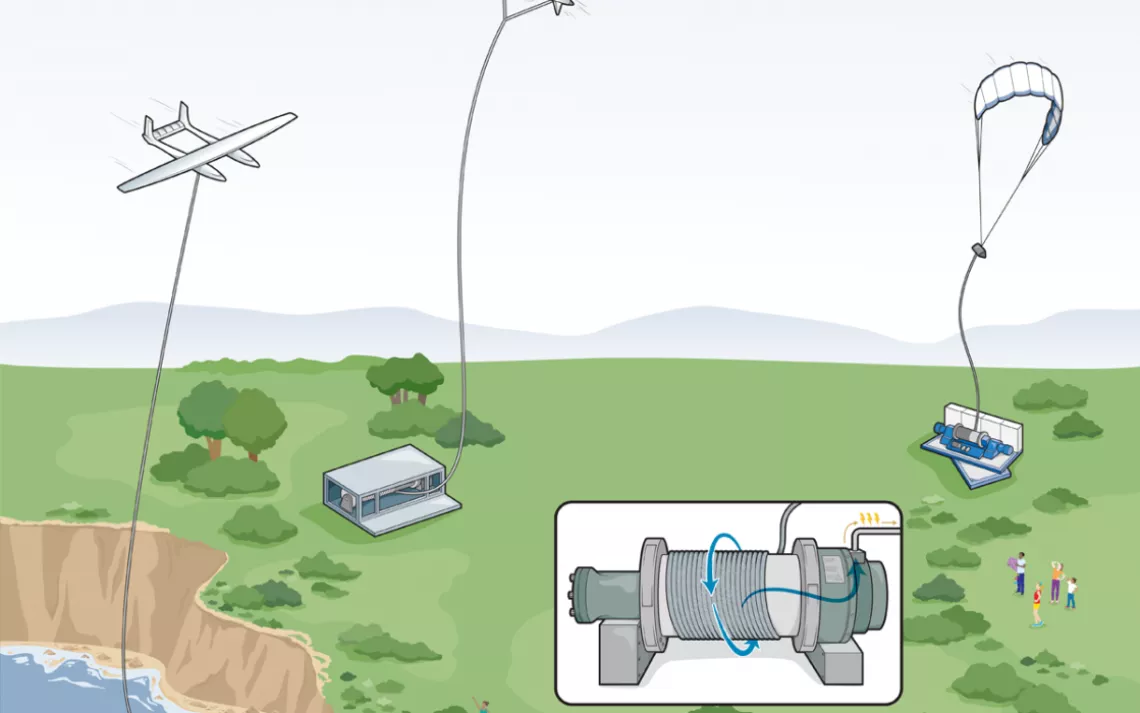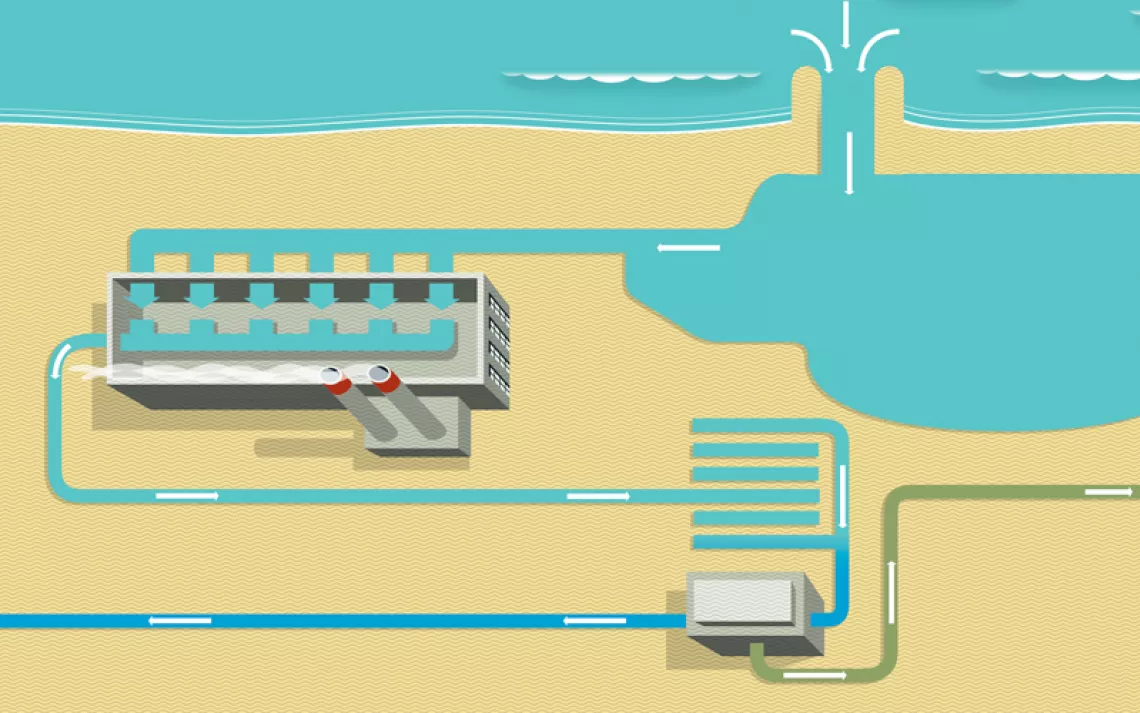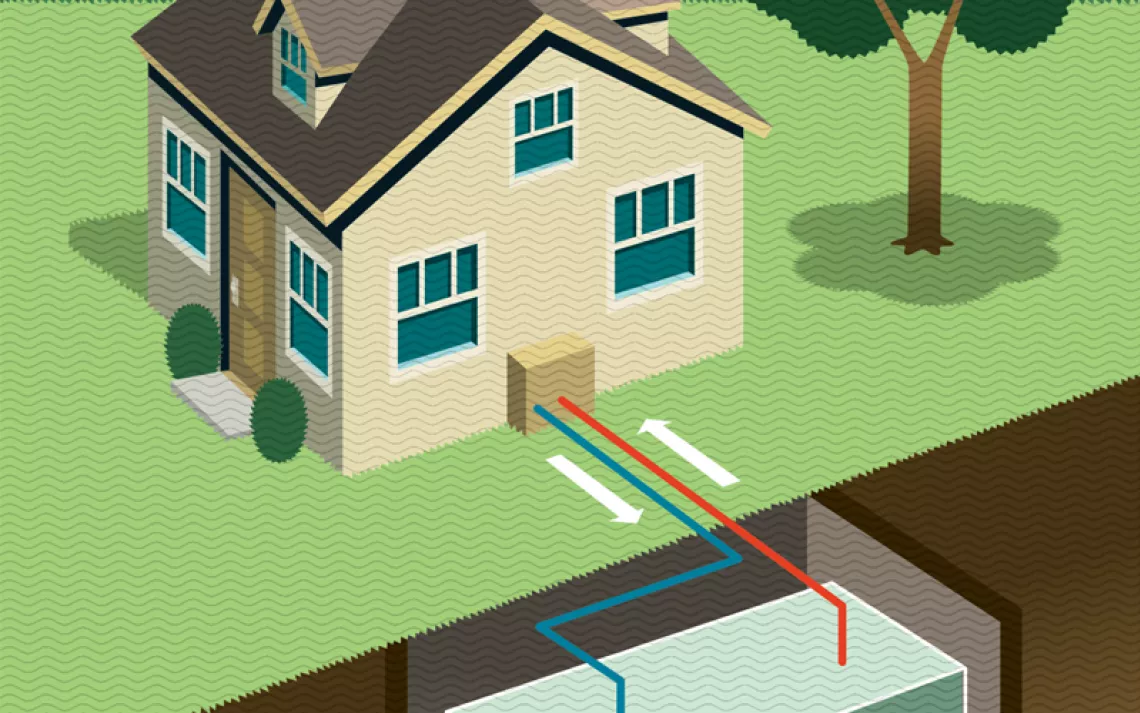Energy Kites Are the Soaring Alternative to Windmills
Airborne wind energy systems are still experimental, capturing the wind where it's fastest

Infographic by Brown Bird Design
After hydropower, wind is the second-biggest source of renewable electricity in the United States—and much of the country's wind capacity remains untapped. Because airborne wind energy systems are placed high in the air, where the strongest winds are, they can potentially capture energy at a fraction of the cost of a full-blown turbine, and they could be used to retrofit offshore oil platforms or decommissioned wind turbines. There's no consensus yet on what design is the most effective in capturing the wind, but here are a few contenders.
Ampyx Power, a start-up in the Netherlands, developed an aircraft with a 40-foot wingspan that generates electricity by being catapulted into the air and flying while attached to the ground with a cable. Field testing is scheduled to begin at the end of 2020 in Spain.
The Swiss company Skypull has designed a craft that looks (and launches) like a quadcopter drone, making it easier to use in situations where launch space is limited. Once it reaches a height of 600 feet, it transforms into a gliding wing in order to catch the wind more effectively. Skypull intends to launch a commercial product by 2022.
The design from Netherlands-based Kitepower is the closest, out of the three shown here, to a recreational kite. It's also the farthest along—in test flights, it has stayed in the air generating power for as long as 10 hours. Kitepower hopes to release a 100-kilowatt system named the Kitepower Falcon by the end of 2020.
All three designs generate power by pulling a cable through a tether. The rotational energy drives a generator, which sends the energy into the grid or to a battery.
This article appeared in the September/October 2020 edition with the headline "Follow the Wind."
 The Magazine of The Sierra Club
The Magazine of The Sierra Club







